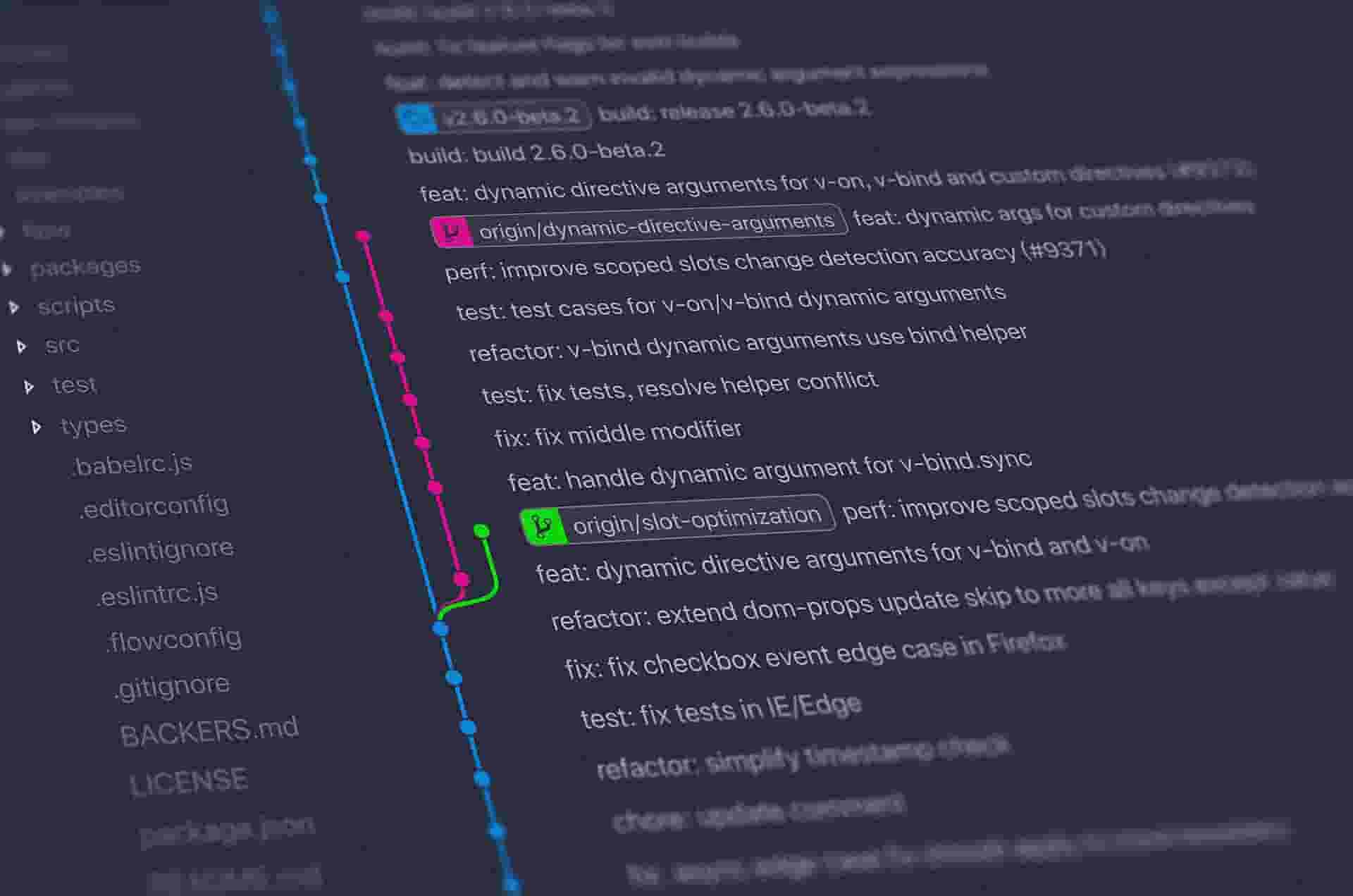Deploying To IP Restricted Azure Function Apps Using GitHub Actions
This secures our function app and it isn’t available publicly, any one that tries to access our function app url will get “HTTP 403 Forbidden”.
This secures our function app; now what about deploying code changes to the function app via GitHub Actions? we should be able to CI/CD to our function app, but there is a problem here. The GitHub action will fail with the same “HTTP 403 Forbidden”, this is because GitHub actions run on runners (its a hosted virtual environment), each time we run the Action we get a new runner and it can have a different ip address. So how can we get around this? do we white list the entire GitHub ip range?
GitHub’s ip ranges can change any time, so will have to keep scanning for changes to these ranges and proactively update our ip restrictions, this is not very scalable or practical. So what are other ways of getting around this? we have a couple of ways to get around this.
Possible Solutions
There are two viable solutions here




